Exhibition dates: 28th September 2016 – 15th January 2017
Curator: René Paul Barilleaux, Chief Curator/Curator of Contemporary Art at the McNay
Mitch Epstein (American, b. 1952)
Massachusetts Turnpike
1973
Dye transfer print
Courtesy of the artist and Sikkema Jenkins & Co., New York City
© Black River Productions, Ltd. / Mitch Epstein. Used with permission. All rights reserved
I really, really don’t know what tales I can tell from this disparate group of media images illustrating (and that’s the key word) the exhibition.
Except to say that their stage managed, dead pan style, really, really doesn’t do it for me.
The sensation of loneliness, limited colour palette and total nihilism leaves me as cold as a corpse in a freezer.
The tale that nothing in the world has a real existence, or really matters.
If Norman Rockwell used photographs to compose his painted illustrations, then that is what these are … photographic illustrations.
A perfect example of this composite, stilted painterly overkill is Julie Blackmon’s New Chair (2014, below).
Everything is perfectly posed, poised and positioned in relation to each other: the boy behind the chair; the price on the chair; the pair of legs and two hands lifting the roller door; the children in the background; the blue dress of the child in the forground and her relationship to the horse, baseball, melting icy pole, football and young lad with head wrapped in bubble wrap while another piece lies on the ground. The ramp fills the space delightfully behind these artefacts with the hero splash of colour, the new chair, perched upon its upper reaches.
This, dear friends, is the state of contemporary narrative photography, where “telling tales” – to gossip about or reveal another person’s secrets or wrongdoings – is just this. Gossip about nothing.
Dr Marcus Bunyan
Many thankx to the McNay Art Museum for allowing me to publish the photographs in the posting. Please click on the photographs for a larger version of the image.
Telling Tales: Contemporary Narrative Photography, an introduction with Rene Barilleaux
René Paul Barilleaux, Chief Curator, gives an introduction to Telling Tales: Contemporary Narrative Photography exhibition. Featuring 17 artists, Telling Tales is the McNay’s first large scale photography exhibition. Works such as Nan Goldin’s landmark The Ballad of Sexual Dependency demonstrate some artists’ explorations of the politics of the day – in this case, the onset of the AIDS crisis – while other examples, including photographs by Tina Barney, Justine Kurland, and Paul Graham, investigate class differences, marginalised communities, and social justice. Primarily in colour and often large-scale, the photographs reference everything from classical painting and avant-garde cinema, to science fiction illustration and Alfred Hitchcock.
Nan Goldin (American, b. 1953)
Cookie at Tin Pan Alley, NYC
1983
Cibachrome
Courtesy of the artist and Matthew Marks Gallery, New York City
© Nan Goldin
Telling Tales: Contemporary Narrative Photography is a survey of work by artists who record stories through pictures, whether real or imagined. Organised by the McNay’s Chief Curator and Curator of Contemporary Art, René Paul Barilleaux, the exhibition includes approximately fifty photographs from the late 1970s to the present by 17 ground-breaking photographers. Telling Tales is the McNay Art Museum’s first large-scale exhibition of photography and is accompanied by an 88-page illustrated book.
The exhibition presents work such as Nan Goldin’s landmark The Ballad of Sexual Dependency demonstrate some artists’ explorations of the politics of the day – in this case, the onset of the AIDS crisis – while other examples, including photographs by Tina Barney, Justine Kurland, and Paul Graham investigate class differences, marginalised communities, and social justice.
While some contemporary artists explore photographic imagery as it is filtered through and mediated by technology and the internet, others exploit photography’s ability to present a momentary, frozen narrative. Images are staged for the camera or highly manipulated through digital processes, yet they often resemble a casual snapshot or movie still. Primarily in colour and often large-scale, the photographs reference everything from classical painting and avant-garde cinema, to science fiction illustration and Alfred Hitchcock. The exhibition includes examples of these various approaches to image-making.
Telling Tales: Contemporary Narrative Photography features work by Tina Barney, Julie Blackmon, Gregory Crewdson, Philip-Lorca diCorcia, Mitch Epstein, Nan Goldin, Paul Graham, Jessica Todd Harper, Teresa Hubbard and Alexander Birchler, Anna Gaskell, Justine Kurland, Lori Nix, Erwin Olaf, Alex Prager, Alec Soth, and Jeff Wall.
Text from the McNay website
Erwin Olaf (Dutch, b. 1959)
Victoria
2007
Digital chromogenic print
Courtesy of the artist
© Erwin Olaf
Erwin Olaf (Dutch, b. 1959)
The Dancing School
2004
Chromogenic print
Courtesy of the artist
© Erwin Olaf
“It all began with the drawings of Norman Rockwell. I like that sort of nostalgic feeling. Originally, I wanted to do something really happy, up-beat, after all the depression of my last series, Separation (2003). So the starting point was that everybody was going to be beautiful, and that I would ask the models to act funny. But then it somehow became terrible. I realised this was a world which has vanished. So instead, I radically simplified the images. Now, everybody is just waiting for nothing, it’s the moment after happiness. I suppose after Separation, comes the well of loneliness. It’s also been a difficult process because for the first time, I have worked without purposely using eroticism or any sexual jokes…
Dancing School is a dreary party which no one attends. The evening has been carefully mapped out, right down to the dance-steps printed on paper and placed neatly on the floor. Sheet music is open on the piano. It is just after six in the evening, but despite the party hats, this is an event reserved for eternal wall-flowers. The mood in this room is in sharp contrast to the antique print of dancing damsels at play, hanging on the wall behind the two isolated guests.”
Erwin Olaf quoted in Jonathan Turner. “Erwin Olaf: Rain,” on the M+B website Nd [Online] Cited 23/02/2023
Jessica Todd Harper (American, b. 1975)
Self Portrait with Marshall
2008
Archival pigment print
Courtesy of the artist and Rick Wester Fine Art, New York City
© Jessica Todd Harper
Jessica Todd Harper (American, b. 1975)
Self Portrait with Marshall
2008
Archival pigment print
Courtesy of the artist and Rick Wester Fine Art, New York City
© Jessica Todd Harper
Teresa Hubbard / Alexander Birchler (Swiss/Irish/American, b. 1965; Swiss, b. 1962)
From the series Falling Down
1996
Chromogenic print
Courtesy of the artists; Tanya Bonakdar Gallery, New York City; and Lora Reynolds Gallery, Austin, Texas
Teresa Hubbard / Alexander Birchler (Swiss/Irish/American, b. 1965; Swiss, b. 1962)
From the series Falling Down
1996
Chromogenic print
Courtesy of the artists; Tanya Bonakdar Gallery, New York City; and Lora Reynolds Gallery, Austin, Texas
Anna Gaskell (American, b. 1969)
Untitled #3 (Turns Gravity)
2010
Archival pigment print
Courtesy of the artist and Galerie Gisela Capitain, Cologne
© Anna Gaskell
“Telling Tales: Contemporary Narrative Photography features the work of seventeen artists who interpret stories through pictures, whether real or imagined. Spanning nearly four decades, this survey begins with the art of ground-breaking photographers who emerged during the 1970s and 1980s and continues through today. The images present a wide range of styles and themes – familiar, mysterious, humorous, perplexing – yet they are always compelling to view. Organised by the McNay, the exhibition presents over fifty photographs. Works such as Nan Goldin’s landmark The Ballad of Sexual Dependency demonstrate some artists’ explorations of the politics of the day – in this case, the onset of the AIDS crisis – while other examples, including photographs by Tina Barney, Justine Kurland, and Paul Graham investigate class differences, marginalised communities, and social justice.
“Since 2015 the McNay has focused its contemporary exhibitions on three areas our visitors had not had the opportunity to explore in depth: installation and performance art with Lesley Dill: Performance as Art and now narrative photography with Telling Tales” says René Paul Barilleaux, McNay Art Museum’s Chief Curator / Curator of Contemporary Art and the exhibition’s organiser. “This presentation is the first major contemporary photography exhibition at the McNay as well as the first to examine and expose recent developments in narrative photography.”
Many contemporary artists explore photographic imagery as it is filtered through and mediated by technology and the Internet; others exploit photography’s ability to present a momentary, frozen narrative. And even when the images are staged for the camera or are highly manipulated through digital processes, they often resemble a casual snapshot or movie still. Primarily in colour and frequently large-scale, references found in this work range from classical painting to avant-garde cinema, from science fiction illustration to the films of Alfred Hitchcock.
Quintessential American storyteller Norman Rockwell employed photographs, created in series, to compose his painted illustrations. He staged elaborate vignettes for the camera using detailed props, live models, and at times even himself. Rockwell used photography in his creative process; he did not present photographs as finished works. Many of the photographs in Telling Tales evoke Rockwell’s spirit, and, not surprisingly, several of the artists identify him as an inspiration.”
Press release from the McNay
Lori Nix (American, b. 1969)
Flood
1998
Archival pigment print
Courtesy of the artist and ClampArt, New York City
© Lori Nix
Lori Nix (American, b. 1969)
Chinese Take-Out
2013
Archival pigment print
Courtesy of the artist and ClampArt, New York City
© Lori Nix
Julie Blackmon (American, b. 1966)
Time Out
2005
Archival pigment print
Courtesy of the artist and Robert Mann Gallery, New York City
© Julie Blackmon
Julie Blackmon (American, b. 1966)
New Chair
2014
Archival pigment print
Courtesy of the artist and Robert Mann Gallery, New York City
© Julie Blackmon
Tina Barney (American, b. 1945)
Family Commission with Snake
2007
Chromogenic print
Courtesy of the artist and Paul Kasmin Gallery, New York City
© Tina Barney
Alex Prager (American, b. 1979)
Hollywood Park
2014
Archival pigment print
Courtesy of the artist and Lehmann Maupin, New York City and Hong Kong
© Alex Prager
Alec Soth (American, b. 1969)
Charles, Vasa, Minnesota
2002
Chromogenic print
Courtesy of the artist
© Alec Soth
McNay Art Museum
6000 N New Braunfels Ave,
San Antonio TX 78209
Opening hours:
Sunday noon – 5pm
Monday Closed
Tuesday Closed
Wednesday, Friday 10am – 6pm
Thursday 10am – 9pm
Saturday 10am – 5pm

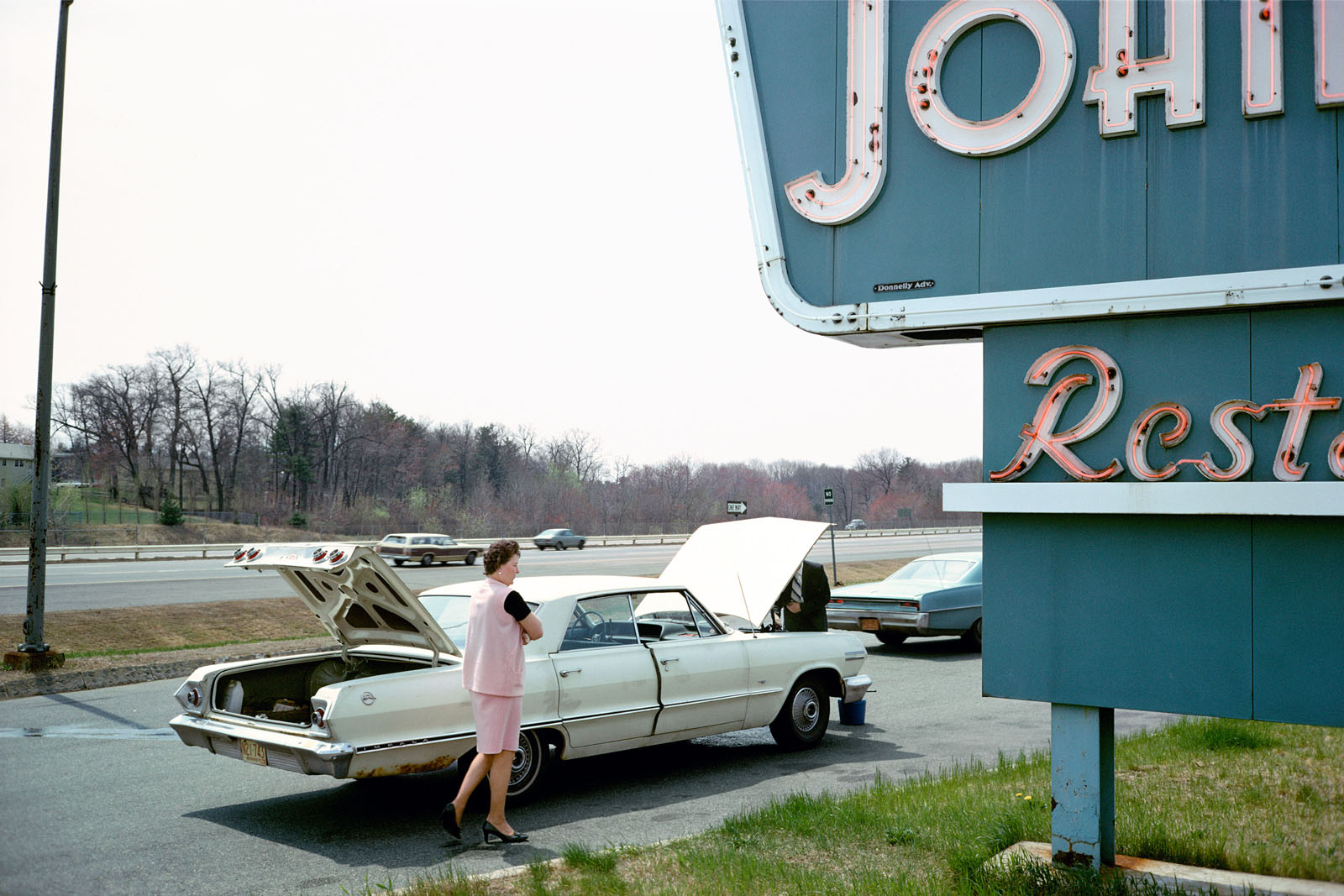


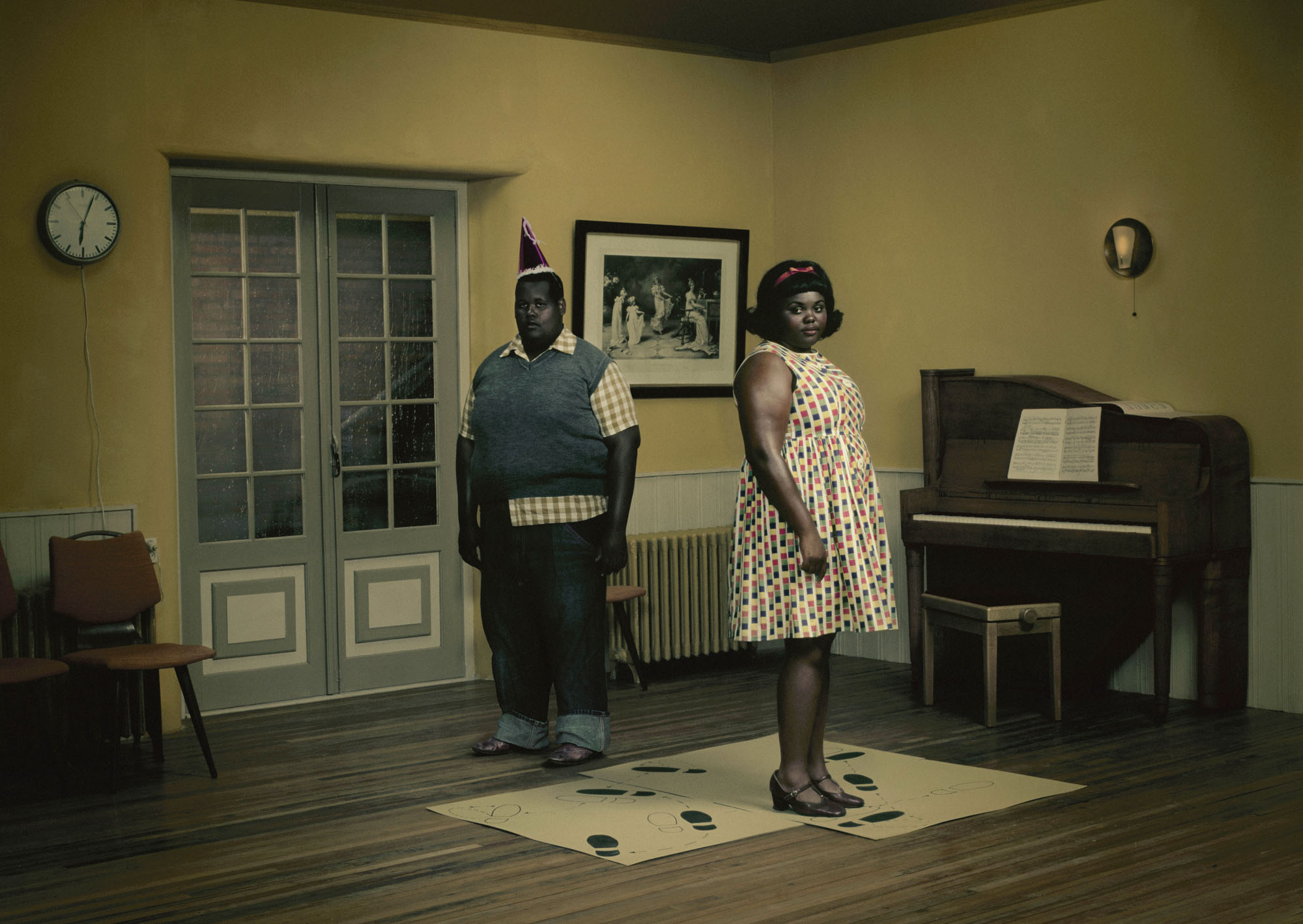

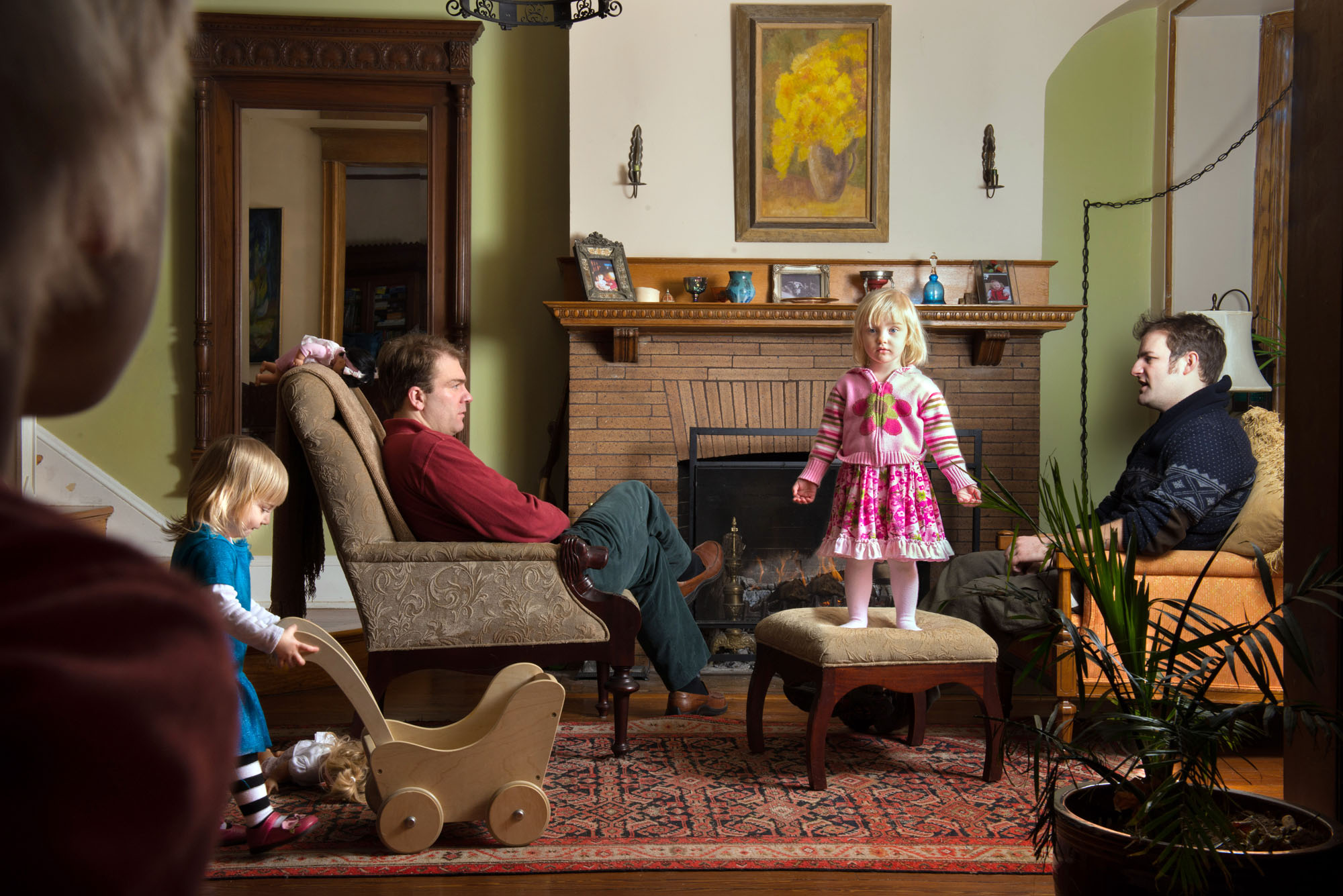

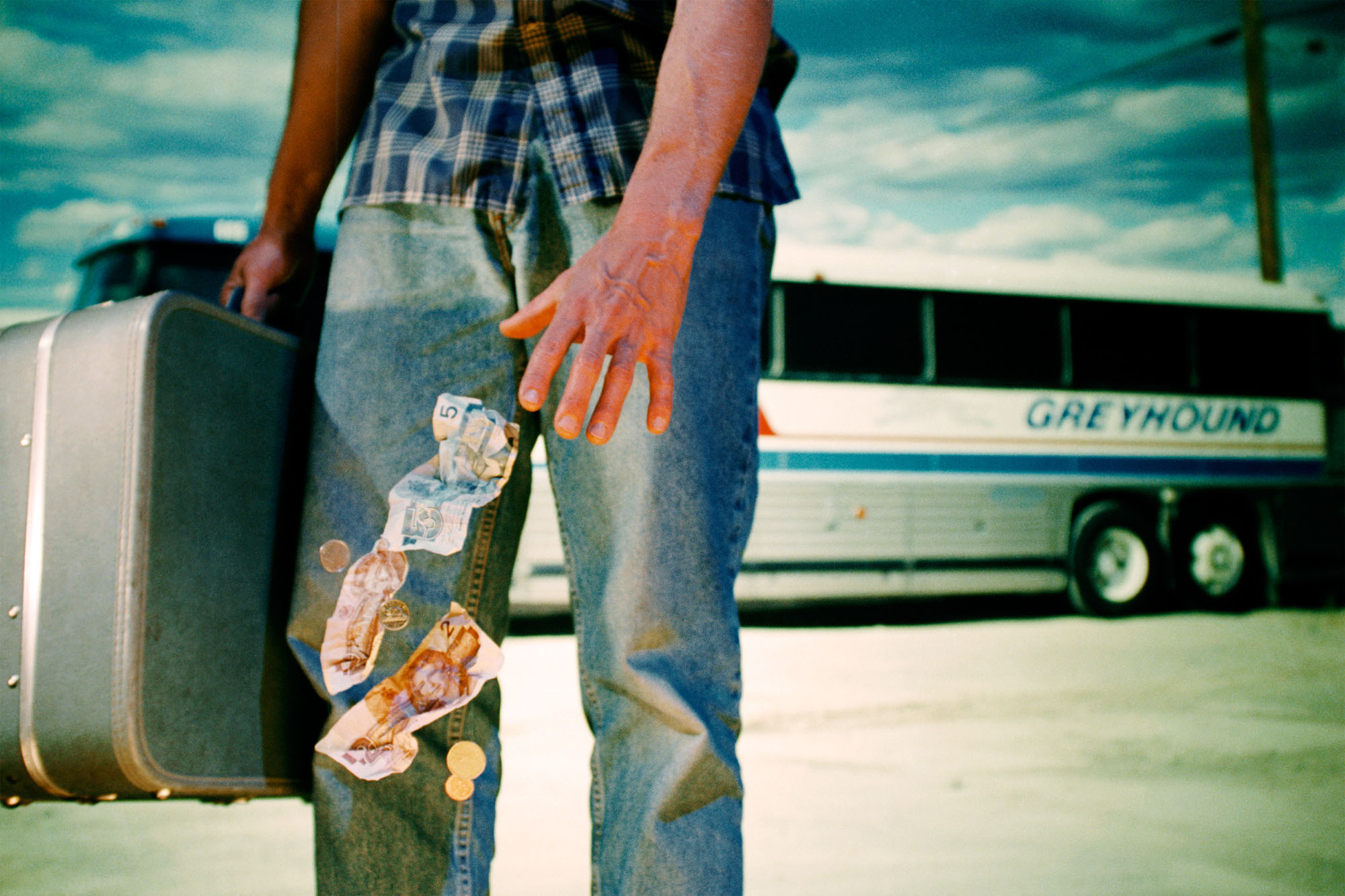


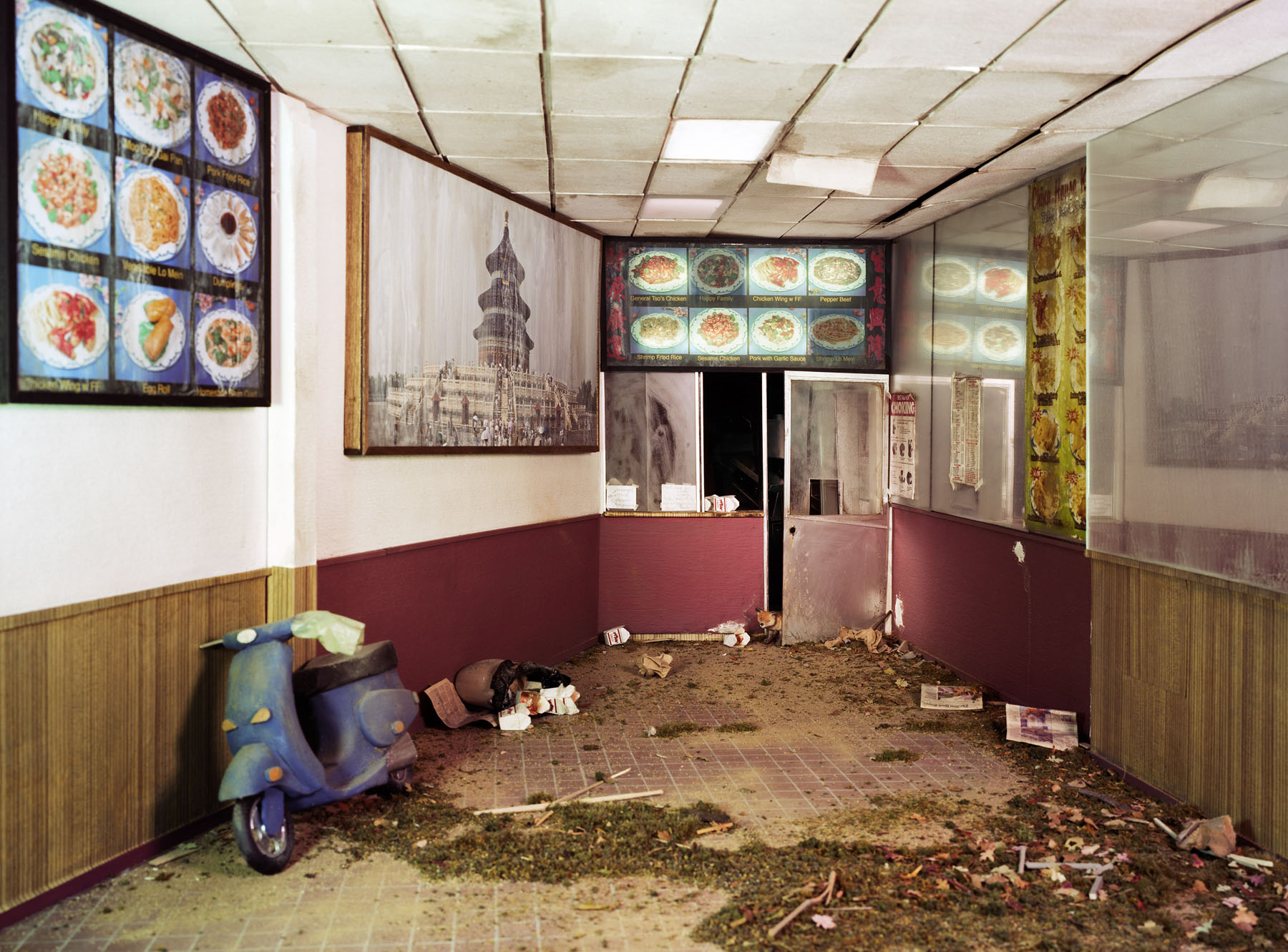
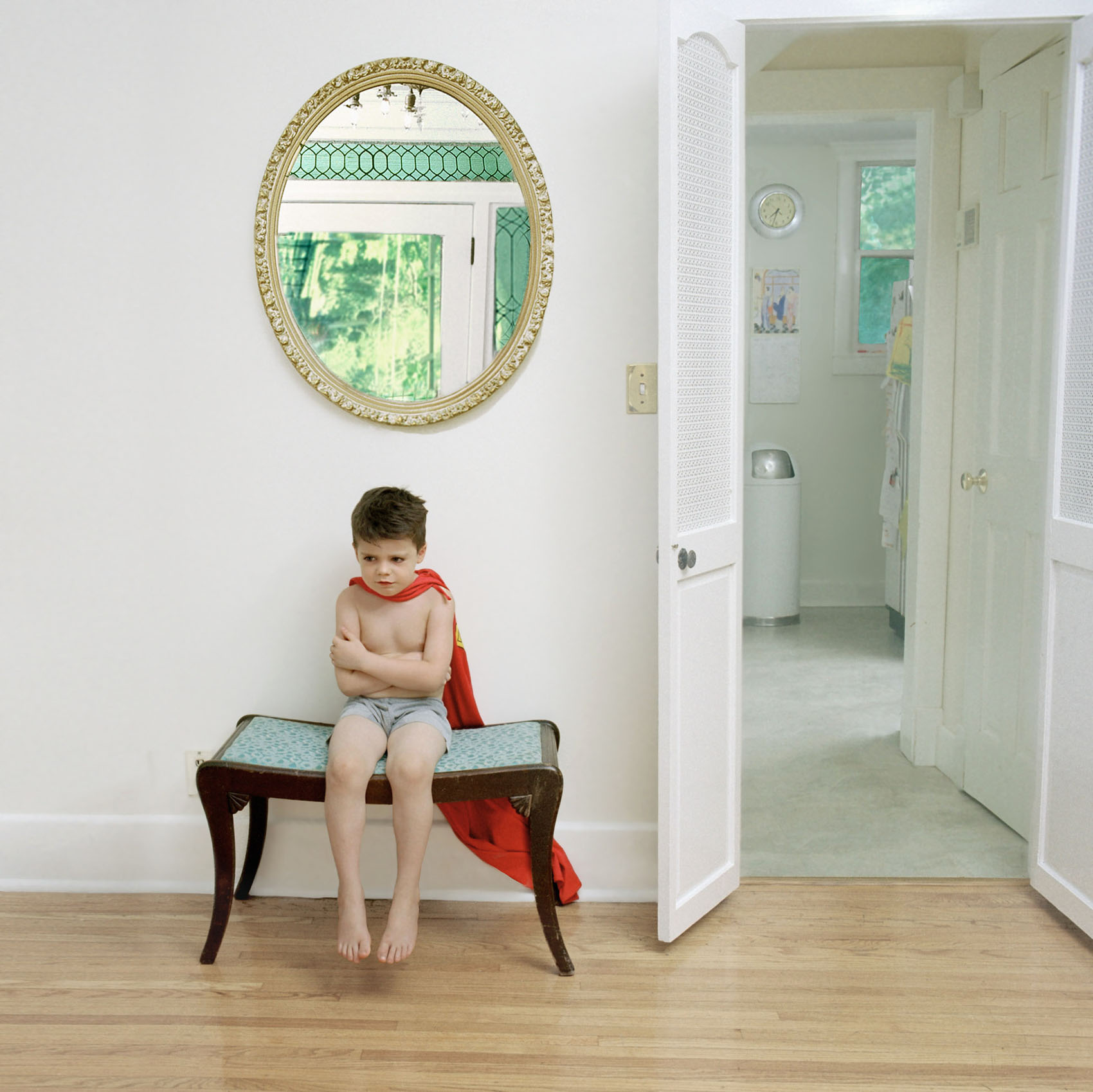














You must be logged in to post a comment.